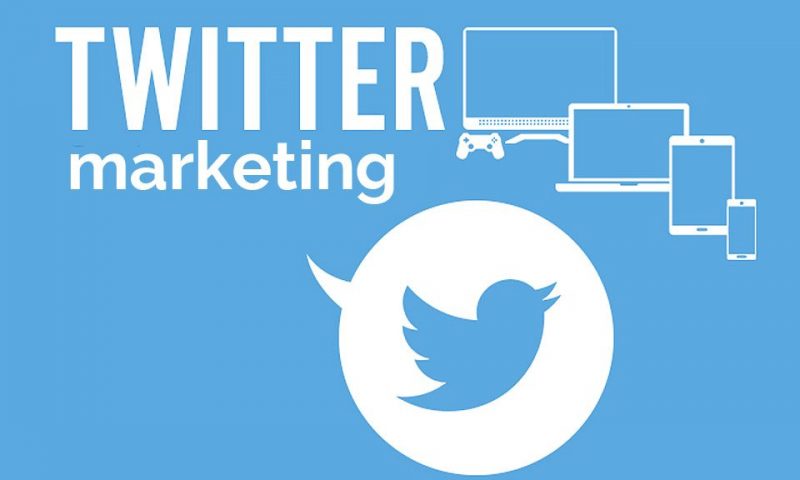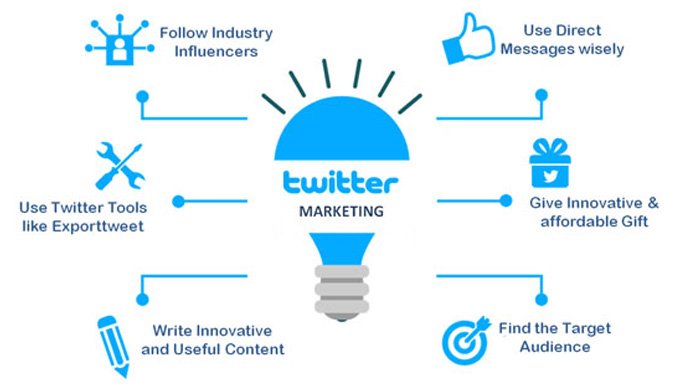
In an age where social media holds considerable sway in shaping public discourse and influencing consumer behavior, the value of platforms like Twitter in marketing cannot be underestimated. Twitter, with its 330 million monthly active users, provides a substantial customer base for businesses to tap into. Marketers can leverage this platform to drive brand awareness, generate leads, and foster customer engagement.
However, Twitter isn’t just about broadcasting your message to a large audience. It’s about engaging in a two-way conversation, building relationships, and demonstrating your brand’s personality. Brands can directly engage with consumers, offer real-time customer service, and gain valuable insights into consumer behavior and industry trends.
Crafting a Compelling Twitter Presence
Creating an influential Twitter presence begins with understanding your target audience. Knowing what they value, what topics they’re interested in, and how they engage on Twitter is paramount. It’s equally crucial to define your brand’s voice – whether it’s professional, friendly, humorous, or a combination. This will guide your content creation and interaction style.
Another critical component is consistent activity. Regularly posting and engaging with followers keeps your brand at the forefront of their minds. This includes not just original content but also retweets, replies, and participation in trending discussions. Keep in mind, however, that quality trumps quantity.
Leveraging Twitter Tools for Marketing Success
Twitter offers various tools that can enhance your marketing efforts. Twitter Ads allows you to promote your tweets or profile to a broader or targeted audience. Twitter Analytics provides valuable data about your tweet performance and audience demographics.
Twitter Moments enables you to curate a series of related tweets, perfect for sharing event highlights or a series of updates. Twitter Lists, meanwhile, can help you categorize and monitor specific groups of users, be it competitors, influencers, or customers.

Engaging with Your Audience on Twitter
Effective engagement on Twitter involves a mix of content types – text tweets, images, videos, and GIFs. It also includes different content forms – promotional, informational, educational, and entertaining. This variety maintains audience interest and drives engagement.
Timely responses to comments, messages, and mentions can dramatically enhance your audience’s perception of your brand. Embracing user-generated content and retweeting relevant posts from followers or influencers in your industry can also foster a sense of community.
Measuring Success and Adapting Your Twitter Strategy
Finally, it’s essential to measure your Twitter marketing efforts’ success. This involves tracking metrics like follower growth, engagement rate, click-through rate, and conversion rate. These data can help identify what’s working and what’s not, informing future strategy adjustments.
Remember, successful Twitter marketing isn’t a one-and-done deal. It requires ongoing effort, monitoring, and adaptation to changing trends and audience behaviors. But with strategic planning and execution, Twitter can be a powerful tool in your marketing arsenal.
